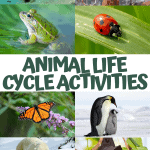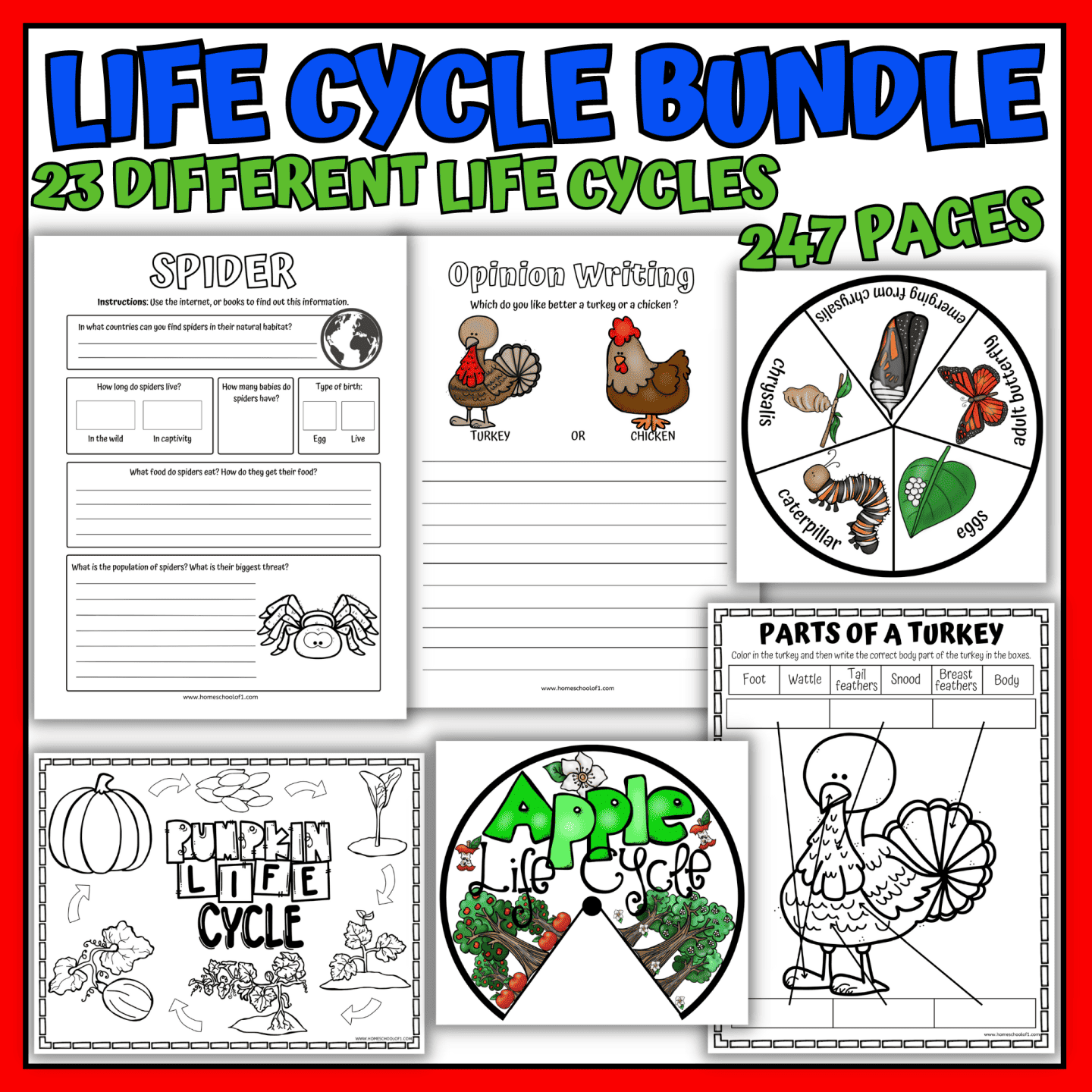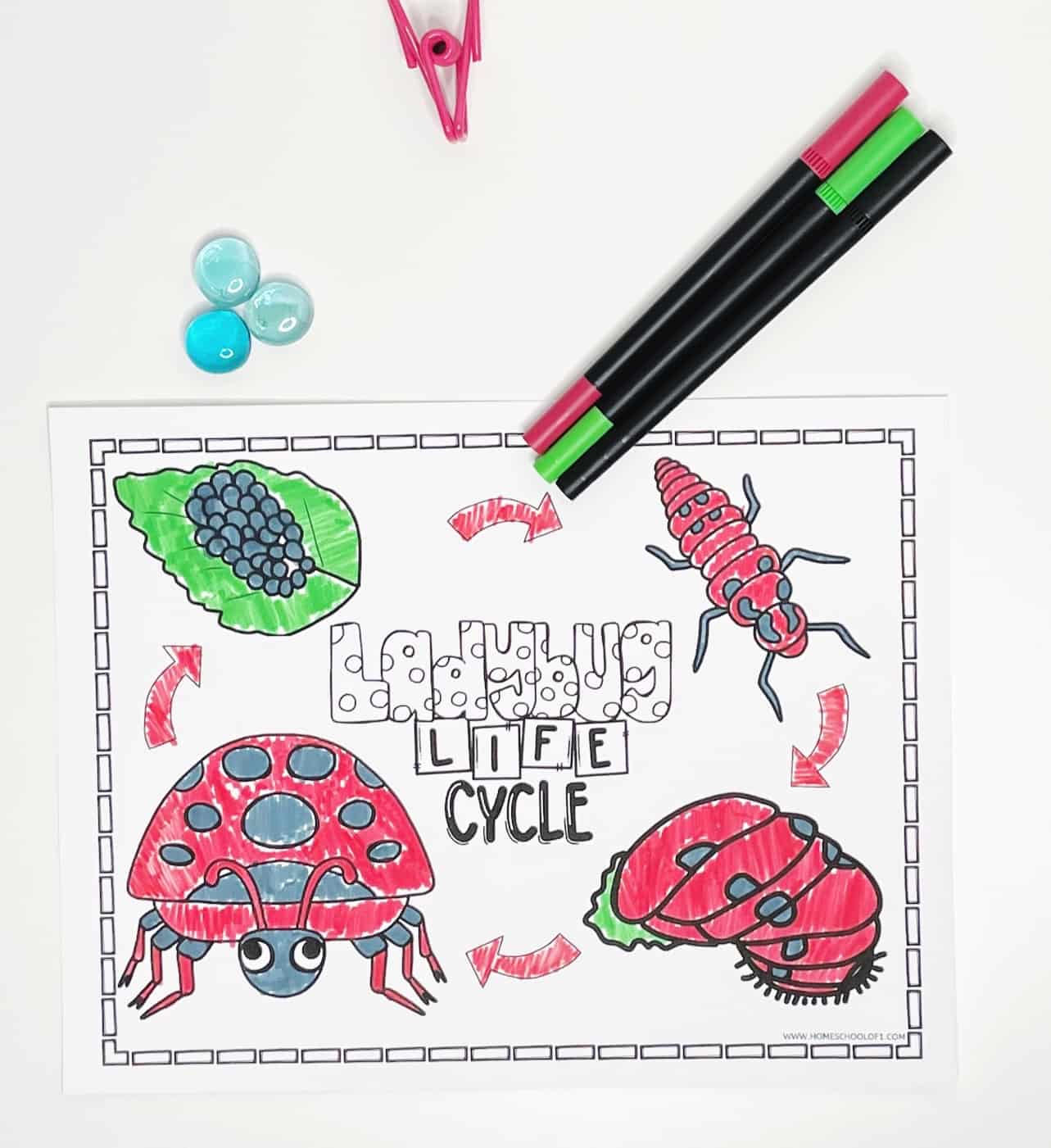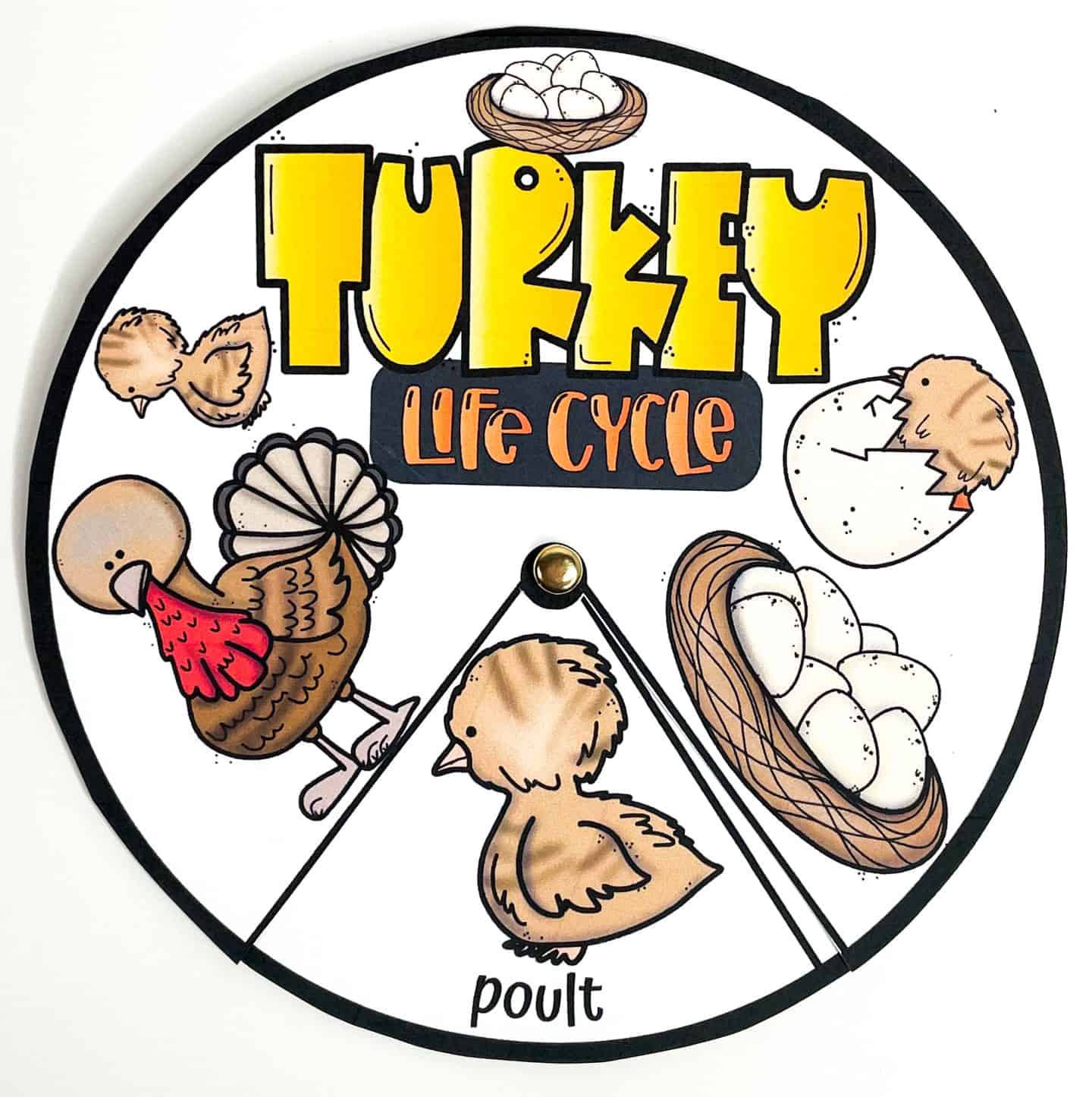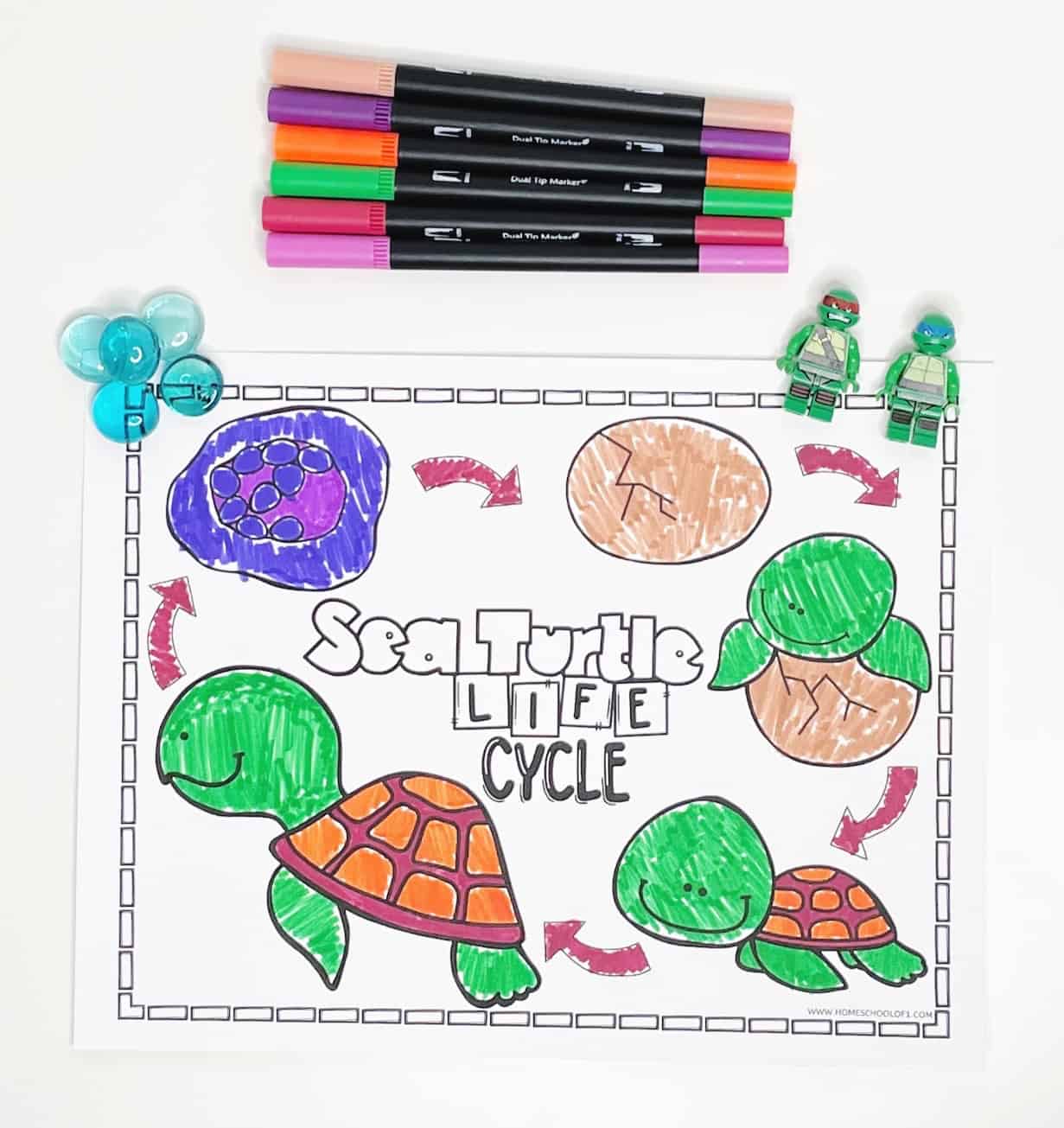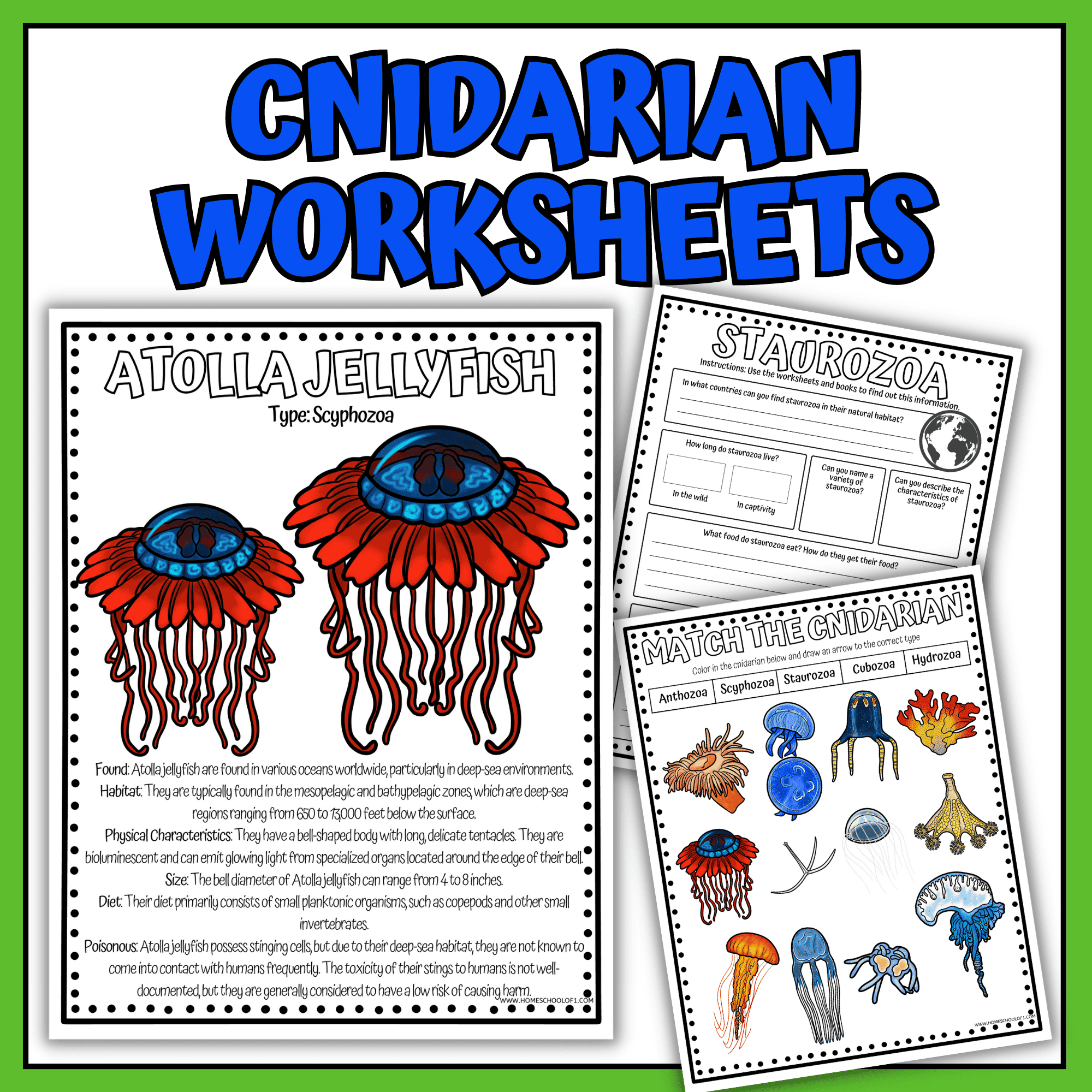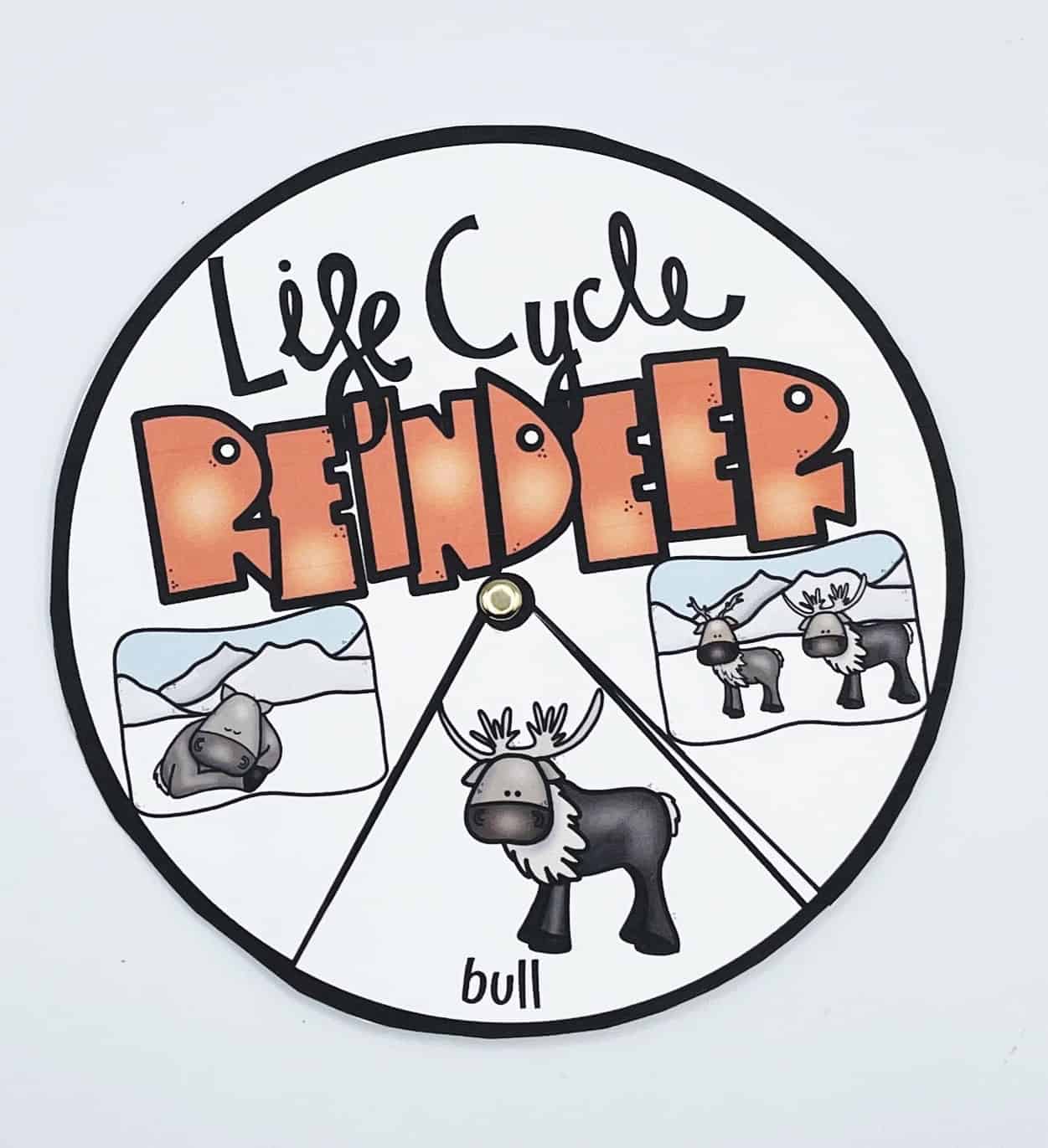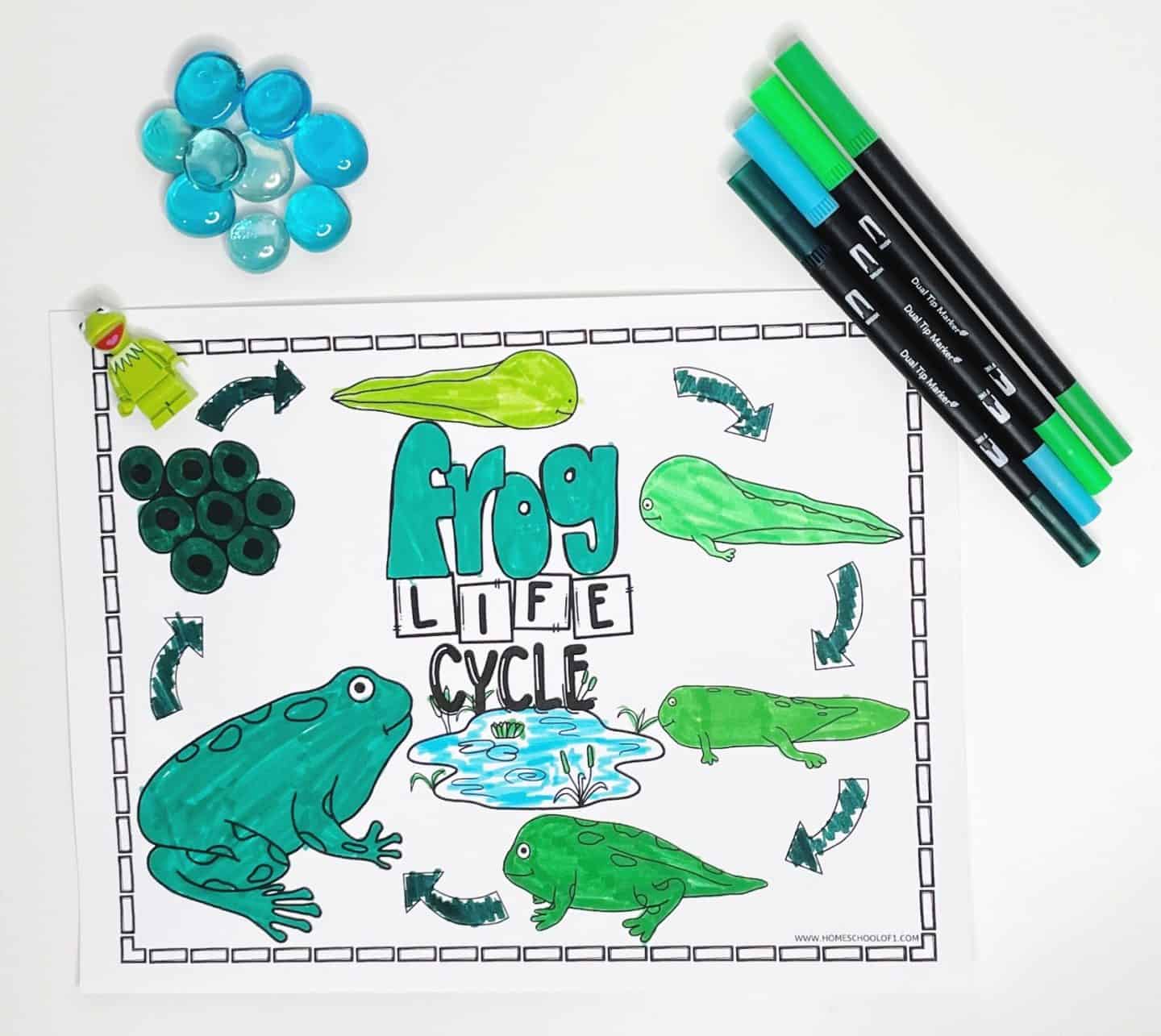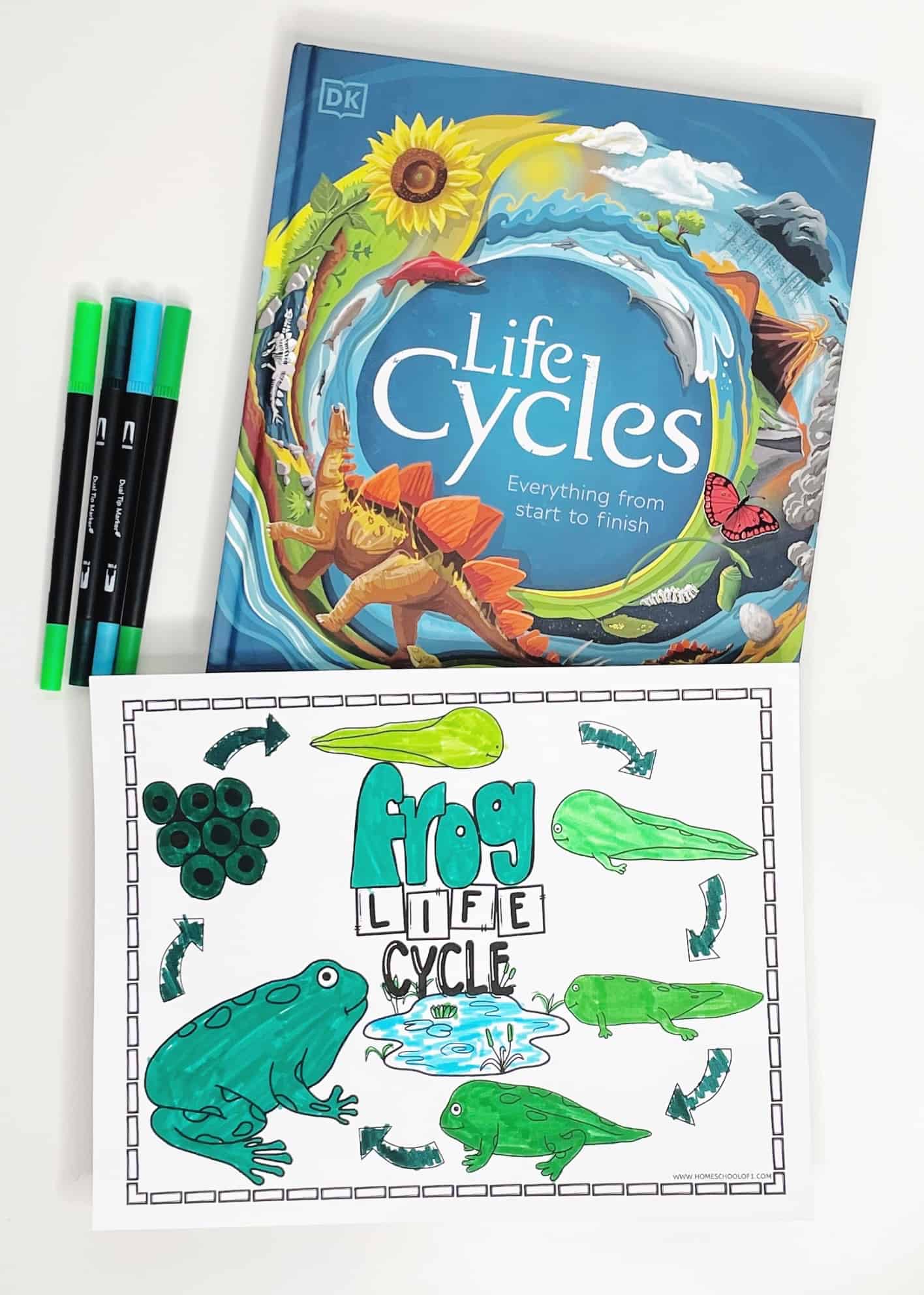63 Fun Animal Life Cycle Activities
Exploring animal life cycle activities has always been one of my favorite ways to teach how living things grow and change.
Children connect so much more deeply with science when they can see each stage, from egg to adult, come to life through crafts, coloring, and hands-on exploration.
These life cycle worksheets encourage observation, discussion, and curiosity about the natural world, helping kids understand that every creature follows its own fascinating pattern of growth.
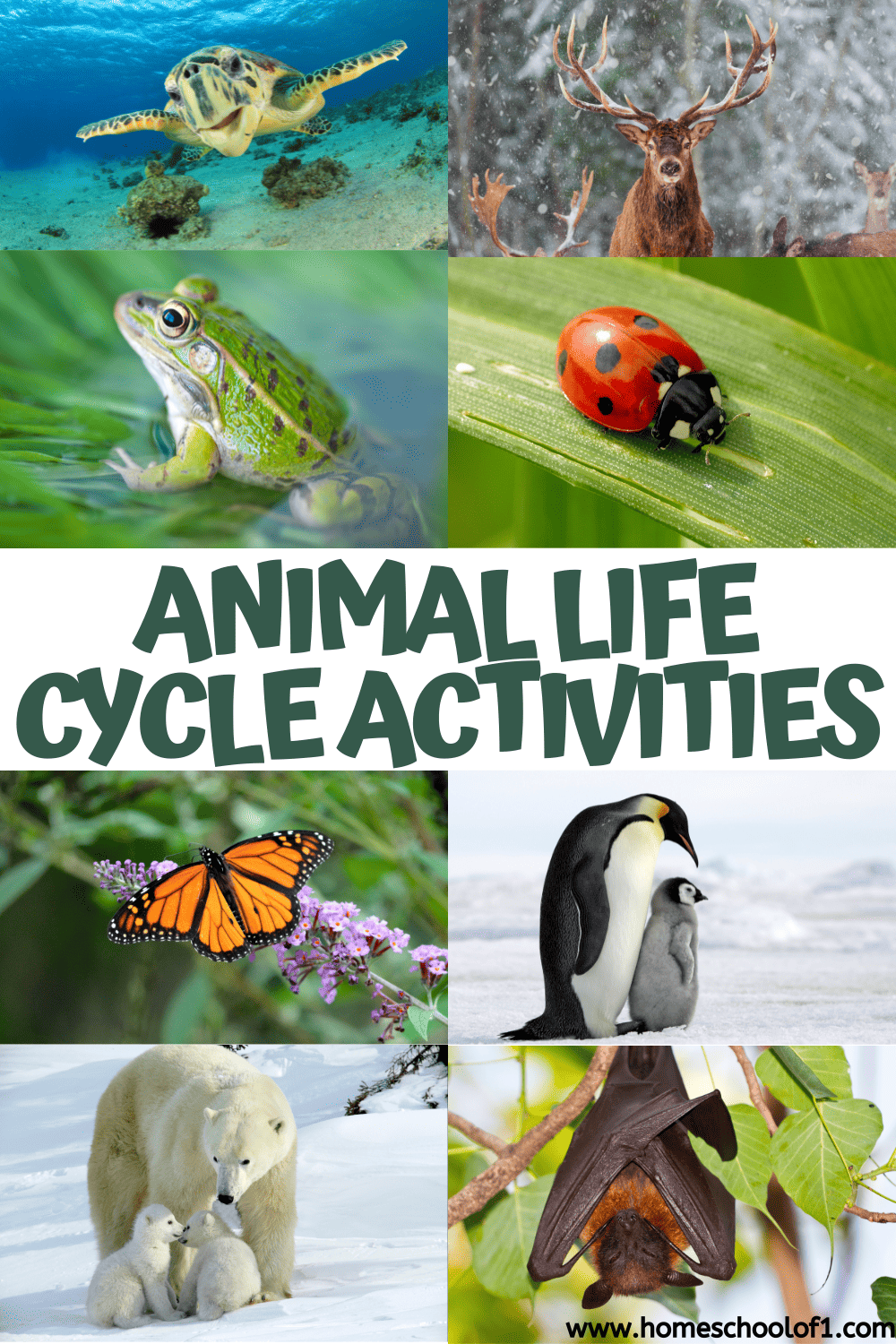
**This post may contain affiliate links. As an Amazon Associate and a participant in other affiliate programs, I earn a commission on qualifying purchases.**
Insect Life Cycles
Insects are the most diverse animals on Earth, and studying how they grow is always fascinating.
Their ability to adapt and transform through different stages shows just how complex even the smallest creatures can be.
From the buzzing bee to the fluttering butterfly, these changes, egg, larva, pupa, and adult, reveal the wonder of metamorphosis and the important role insects play in every ecosystem.
Butterfly
Few life cycles capture children’s attention like the butterfly’s transformation. Beginning as tiny eggs, caterpillars grow quickly before forming a chrysalis and emerging as adults, a perfect way to illustrate change and growth.
Try these engaging butterfly life cycle activities:
- Butterfly life cycle worksheet
- Printable butterfly life cycle coloring page
- Anatomy of a butterfly worksheet
- Butterfly life cycle word search
- Free printable playdough mats featuring a butterfly
- Life cycle of a butterfly word scramble
- Butterfly life cycle sensory bin
- Paper plate butterfly life cycle craft from In The Playroom
- Butterfly life cycle lacing cards from ABCs to ACTS
- Butterfly life cycle model from Steam Powered Family
Ladybug
Ladybugs are a fun introduction to insect growth because kids can easily spot them outdoors. Each stage, egg, larva, pupa, and adult, helps show how insects develop and protect plants. These ladybug activities make learning interactive:
- Ladybug life cycle coloring sheet
- Free parts of a ladybug worksheet
- Ladybug life cycle printable
- Ladybug life cycle craft activity from Steam Powered Family
- Ladybug life cycle craft from Living Life & Learning
Ant
Ants are excellent examples of teamwork in nature. Their development from egg to adult mirrors the structure of their colonies, where each role is essential. Encourage observation and discussion with these ant life cycle activities:
- Ant life cycle worksheets
- Parts of an ant worksheet
- Ant life cycle craft from Living Life & Learning
Bee
Bees are among the most important pollinators, and studying their growth helps kids understand how insects support the environment. Explore these bee activities to connect science with nature:
- Life cycle of a honey bee coloring page
- Label the parts of a bee worksheet
- Free honey bee life cycle worksheet
- Bee word scramble
- Bee word search
- Bee life cycle craft from Living Life & Learning
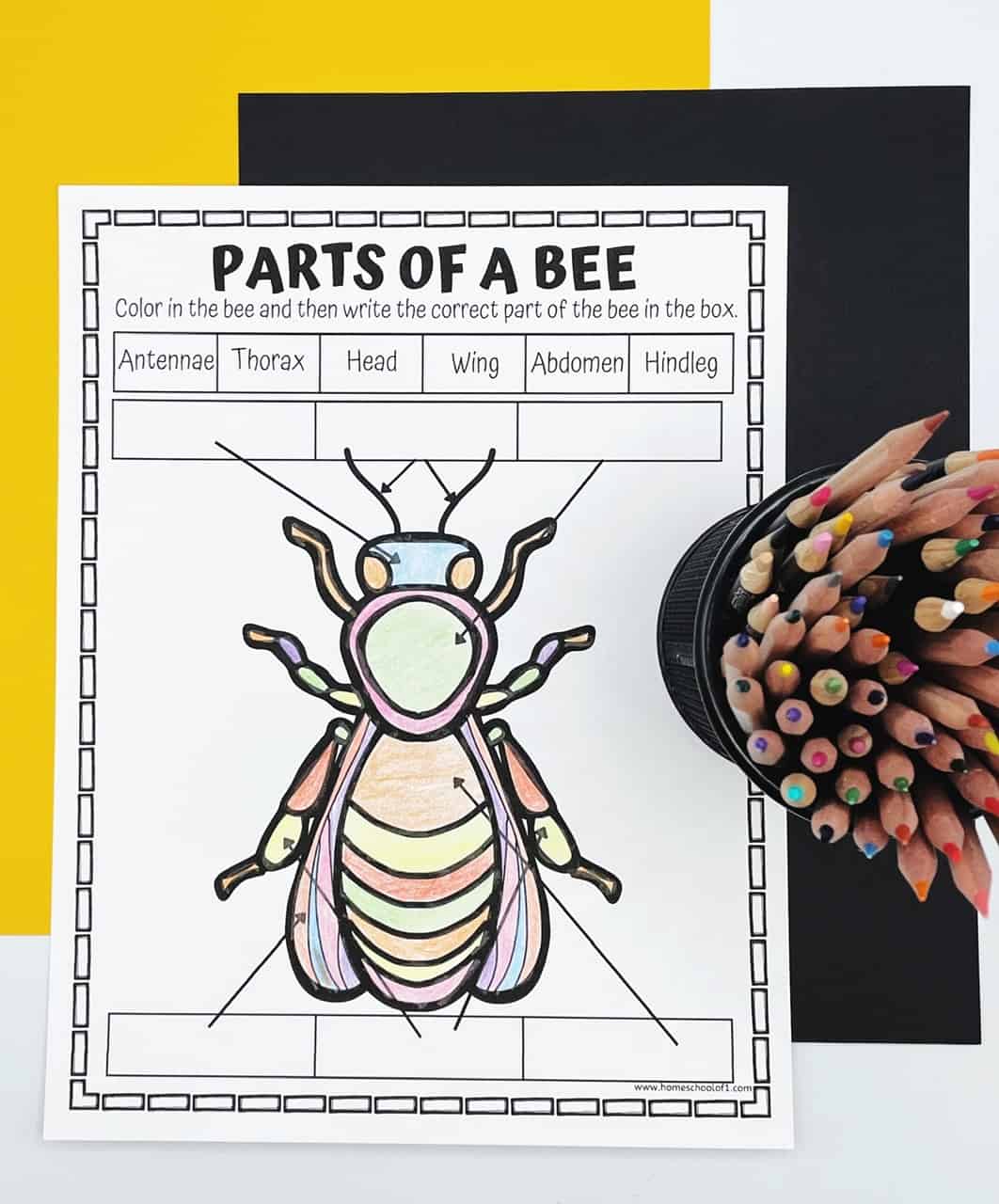
Spider
Although not insects, spiders fit naturally into early lessons on animal growth. From tiny eggs to skilled hunters, their development offers a great comparison to insect metamorphosis. Try these spider activities:
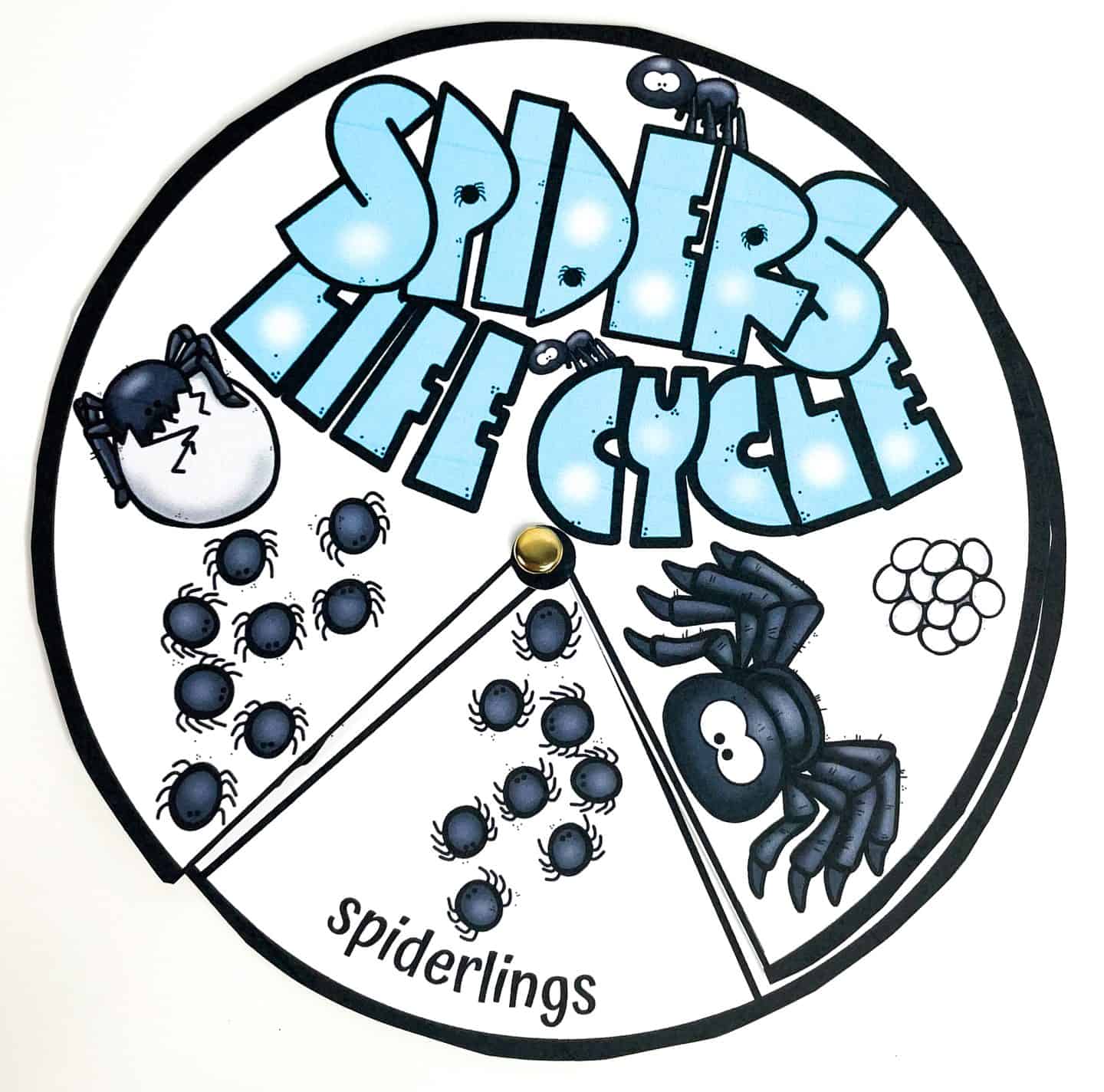
Life Cycle of Birds
Birds have one of the most fascinating growth patterns in the animal world. It all begins with the careful building of a nest and the gentle incubation of eggs.
When the chicks hatch, they’re soft and helpless, completely dependent on their parents for warmth and food.
Over the following days, they grow rapidly, down feathers give way to flight feathers, and the parents work tirelessly to feed and protect them.
Watching a chick learn to fly, after weeks of growing stronger, is always a highlight of any life cycle study. From nesting to migration, birds offer a perfect example of nature’s rhythm and care.
Chicken
Chickens are a great introduction to avian growth because kids can observe many of the stages firsthand. From egg to fluffy chick to fully grown bird, each phase is simple yet fascinating. Try these chicken activities to bring the stages to life:
- Chicken life cycle coloring worksheet
- Life cycle of a chicken worksheet
- Parts of a chicken coloring page
- Chicken life cycle coloring and writing pages from 3 Boys and a Dog
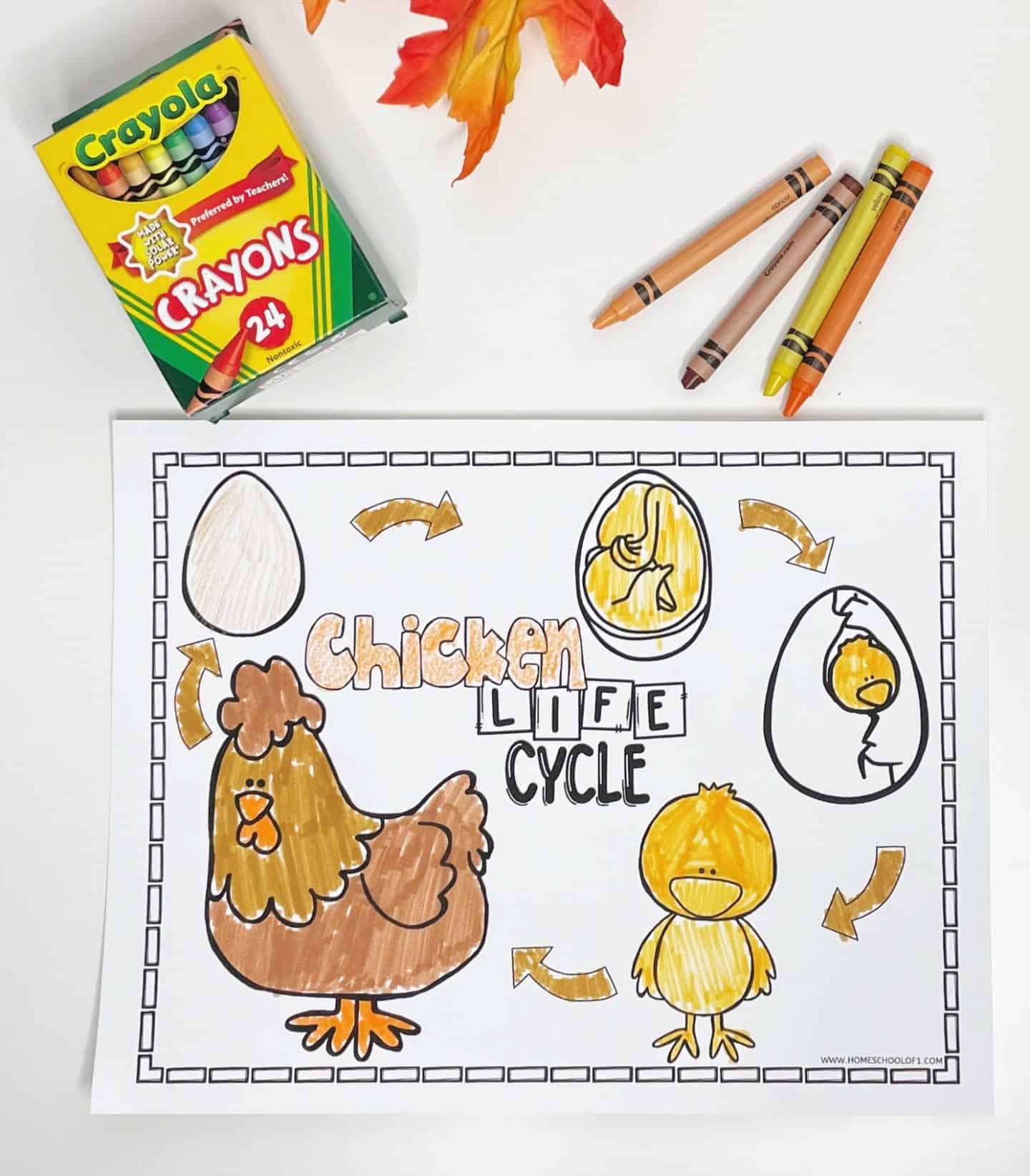
Penguin
Penguins show just how differently birds can adapt to their environments. From icy nesting grounds to careful chick rearing, their growth process highlights resilience and teamwork. These penguin activities work well for early science lessons:
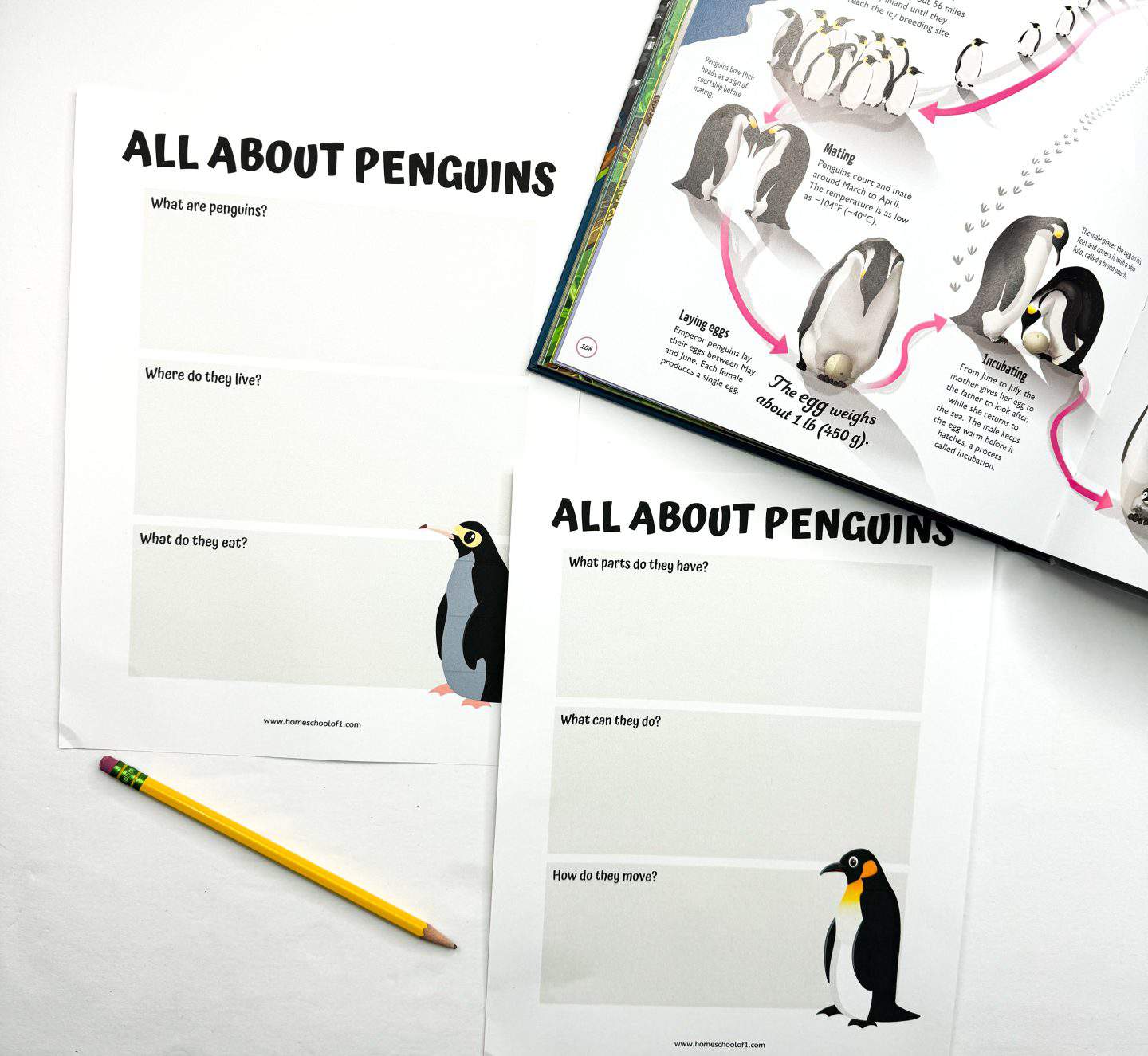
Goose
Geese demonstrate strong family bonds and clear seasonal patterns as they grow from eggs to adults. Studying them gives children insight into migration and adaptation. Use these goose activities to explore their stages:
- Life cycle of a goose worksheet
- Goose life cycle coloring and writing worksheets from 3 Boys and a Dog
Turkey
Turkeys follow the same basic pattern as most birds, but their growth makes a fun seasonal study, especially around fall. Their development from egg to poult to adult is easy for kids to visualize. Try these turkey activities:
Reptiles Life Cycle
Reptiles have an intriguing way of growing and surviving that makes them a great topic for hands-on science lessons.
Most begin life inside eggs, carefully hidden or buried for protection. When they hatch, the young are usually independent from the start, relying on instinct rather than parental care.
Unlike insects or amphibians, reptiles don’t go through dramatic metamorphosis. Instead, their stages, egg, hatchling, juvenile, and adult, follow a steady path of growth and adaptation.
Studying these patterns helps kids appreciate how creatures like lizards, snakes, and turtles thrive in so many different environments.
Sea Turtle
Sea turtles are among the most remarkable reptiles to study. Their life begins on sandy beaches, where hatchlings dig free from their nests and instinctively race toward the ocean.
Only a few survive the journey, but those that do will one day return to the very same shores to lay their own eggs, completing the cycle.
Kids love exploring these stages through turtle activities like:
- Sea turtle life cycle coloring page
- Free sea turtle worksheets
- Parts of a turtle printable
- Turtle life cycle small world play tray from Finding Myself Young
- Sea turtle life cycle craft from Living Life & Learning
- Sea turtle life cycle activity from Tina’s Dynamic Homeschool Plus
Life Cycle of Mammals
Mammals share many similarities with humans, making their growth patterns especially relatable for kids to study.
Unlike most animals, mammals give birth to live young who depend on their mothers for warmth, milk, and protection.
As they grow, these young learn vital survival skills, gradually becoming independent before reaching maturity and starting the cycle again.
Exploring different species helps children see both the diversity and shared patterns within the mammal world.
Bat
Bats are fascinating examples of mammal growth. They begin as tiny pups that cling to their mothers for warmth and food, eventually learning to fly and hunt on their own. These bat activities make the stages easy to visualize:
- Life cycle of a bat worksheets
- Label bat body parts worksheet
- Bat life cycle I Spy game from Homeschool Preschool
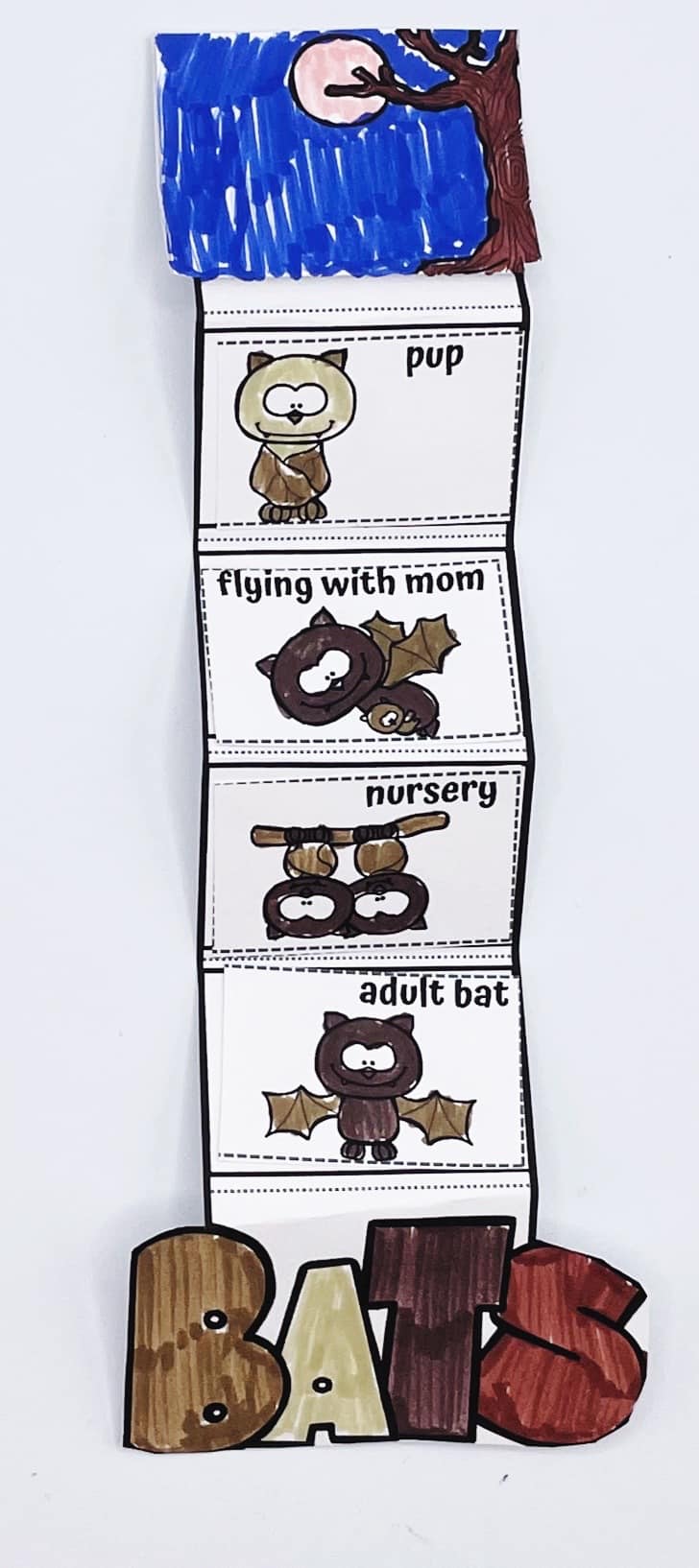
Polar Bear
Polar bears are born as small, blind cubs in Arctic dens. As they grow, they rely heavily on their mothers for milk, warmth, and protection until they’re strong enough to explore and hunt. Use these polar bear activities to explore their development:
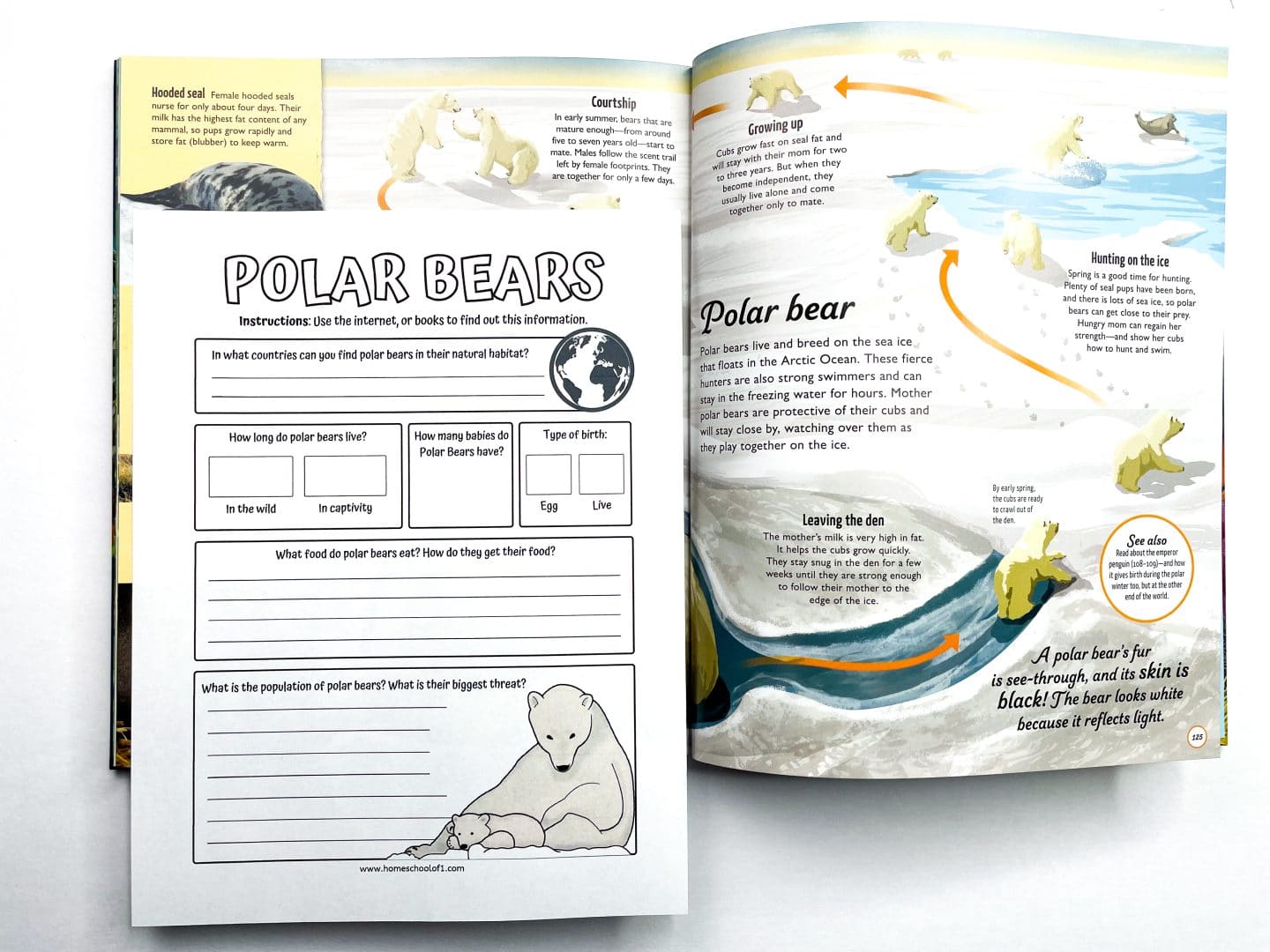
Reindeer
Reindeer begin life as calves, carefully nurtured by their herds. They quickly gain strength, learning to migrate and forage as part of the group. Explore these reindeer activities:
Groundhog
Groundhogs, or woodchucks, start life as tiny pups sheltered in burrows. As they mature, they learn to dig, forage, and prepare for hibernation, a great link to seasonal science lessons. Try these groundhog activities:
Rabbit
Rabbits grow fast, making them ideal examples for observing how mammals develop. Kits stay close to their mothers for a short time before becoming independent grazers. Reinforce learning with these rabbit activities:
- Life cycle of a rabbit worksheet
- Rabbit body parts worksheet
- Rabbit lifecycle worksheets from 3 Boys and a Dog
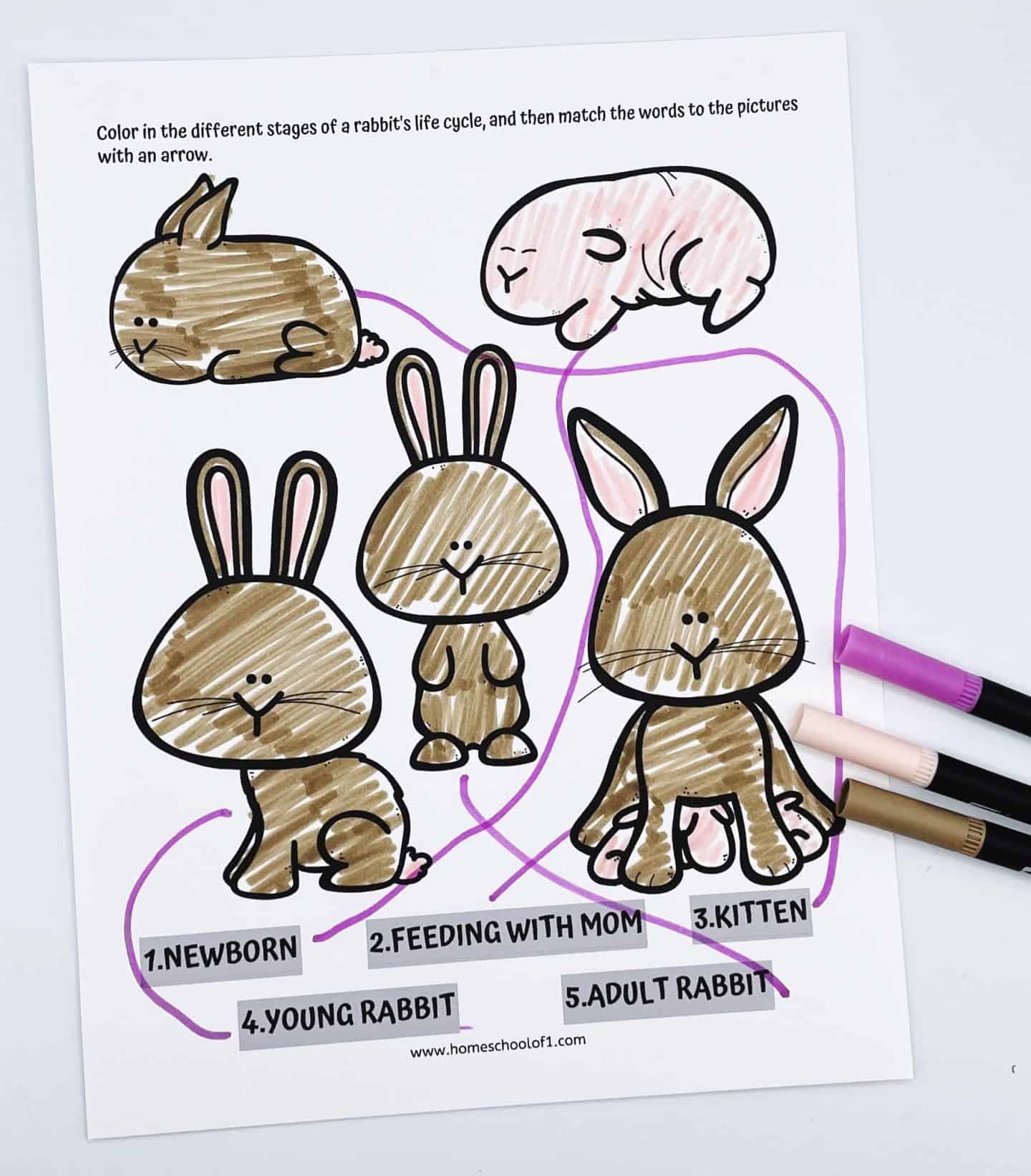
Hedgehog
Hedgehogs are born blind and spiky, slowly developing into curious, nocturnal foragers. These hedgehog activities help kids follow each stage:
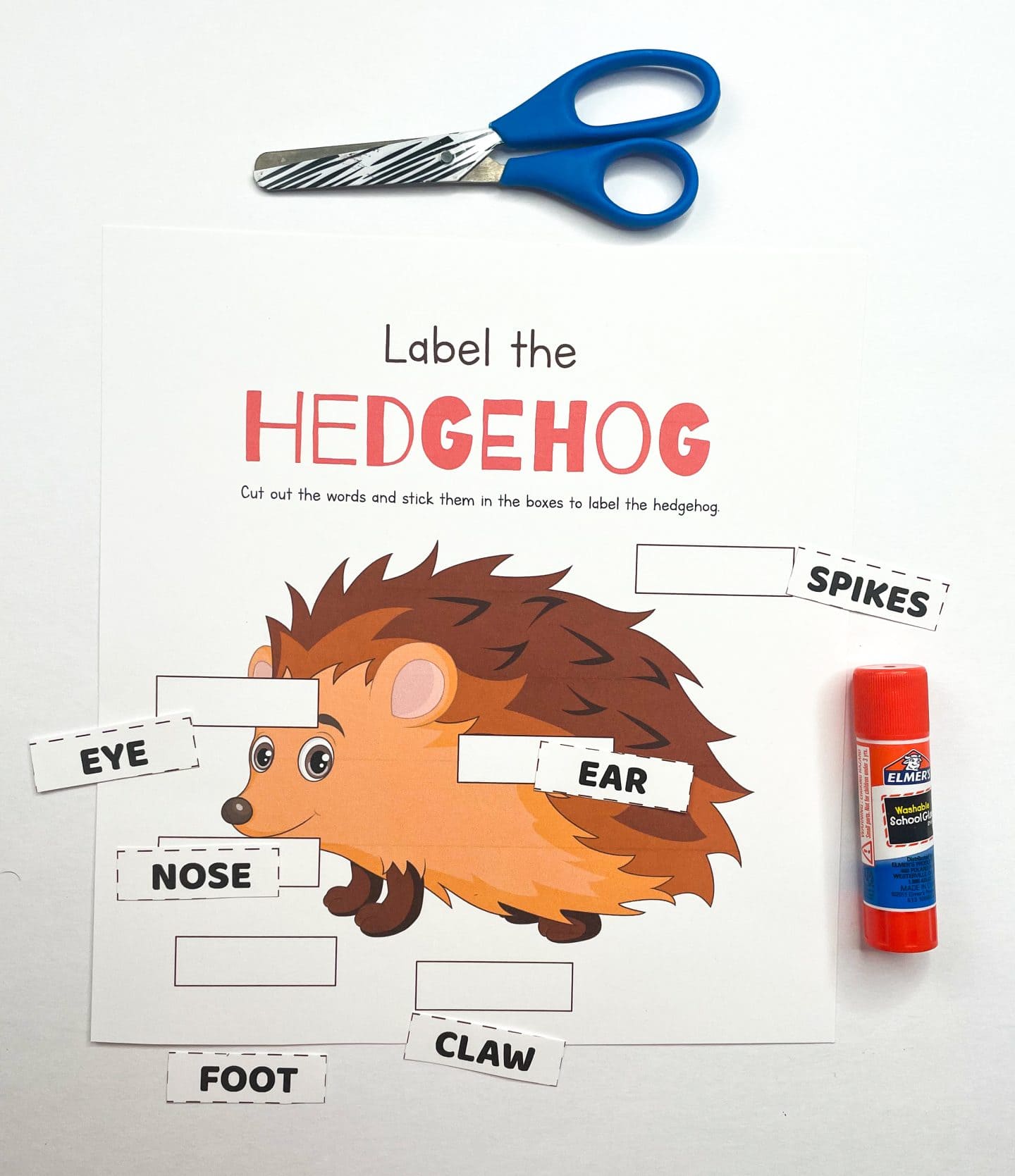
Amphibians Life Cycle
Amphibians have some of the most dramatic life changes in the animal kingdom. Their journey begins in water, where eggs hatch into tadpoles that breathe through gills and swim freely.
Over time, these young animals undergo metamorphosis, growing legs and lungs as they transition to life on land. Once adults, they return to the water to lay eggs, completing a full cycle that perfectly illustrates adaptation and growth.
Frog
Frogs are a favorite for exploring amphibian development because their transformation is easy for kids to see and understand.
Starting as tiny eggs and growing into tadpoles before becoming fully formed frogs, their metamorphosis is both fascinating and hands-on to study. Try these life cycle of a frog activities to make learning more interactive:
- Tadpole to frog coloring page
- Anatomy of a frog worksheet
- Life cycle of a frog worksheet
- Life cycle of a frog sensory bin from Celebrating with Kids
- Life cycle of a frog activity from Living Life & Learning
- Printable frog life cycle book from Homeschool Preschool
Crustaceans Life Cycle
Crustaceans, such as crabs, shrimp, and lobsters, have fascinating life patterns that take place mostly in water. Their life begins when eggs hatch into tiny larvae that drift with ocean currents.
These larvae pass through several stages, growing and changing shape as they molt, shedding their exoskeletons to make room for new growth.
Over time, they begin to resemble miniature adults, eventually maturing and starting the cycle again. Studying these changes helps kids see how animals adapt to life in aquatic environments.
Crab
Crabs offer a great example of how crustaceans grow and survive. Starting as microscopic larvae, they move through multiple stages before developing the hard shells and claws we recognize.
Each molt marks a major growth milestone, showing how even small changes can lead to big transformations. These crab activities make the concept easier for kids to visualize:
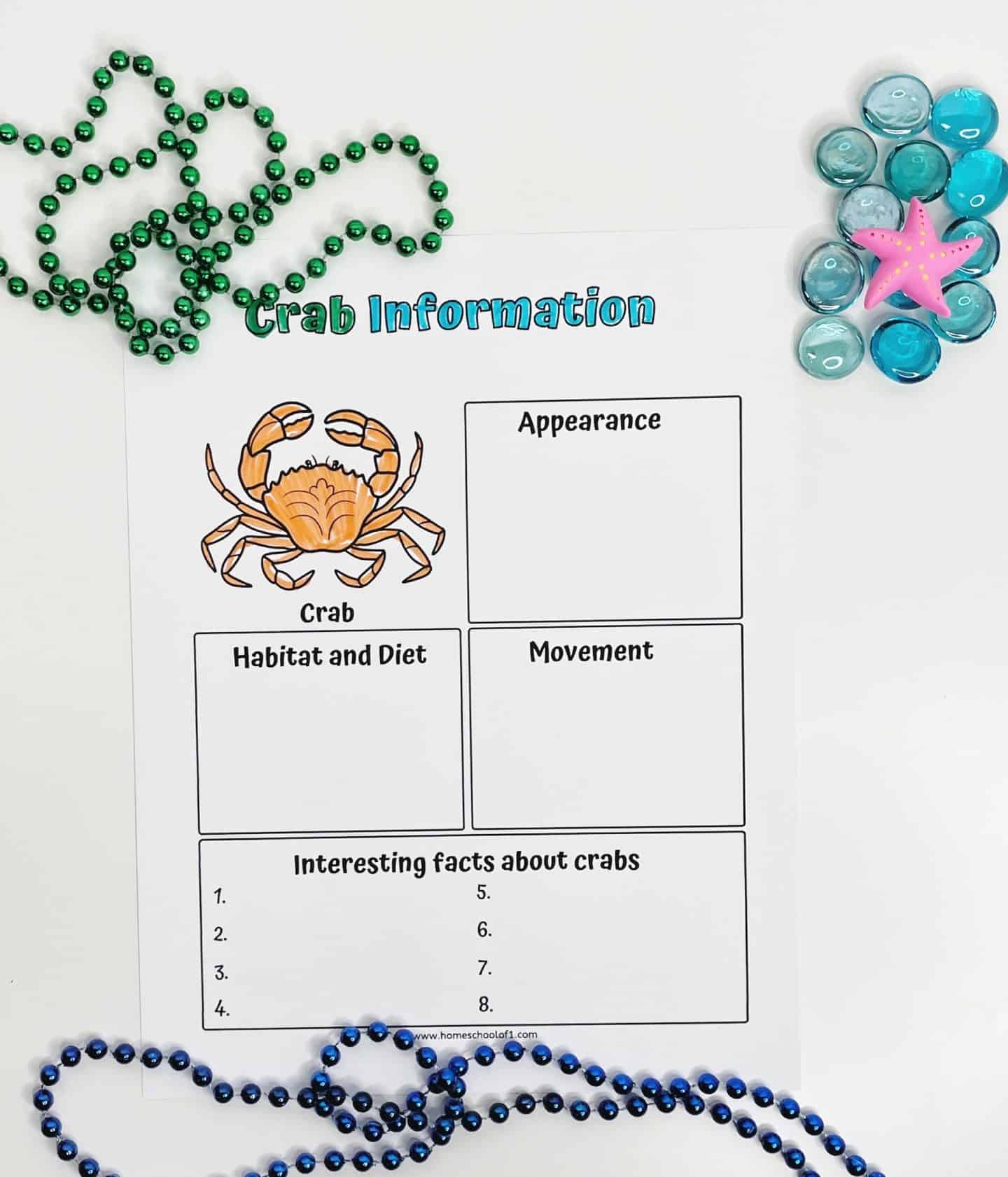
Books About Life Cycles
When we’re learning about animal life cycles, I love adding books that make the science come alive. Life Cycles from DK has been a favorite in our home for years.
The photographs are incredible, and the explanations are clear enough for kids to understand without losing any of the wonder. I’ve watched my son flip through it again and again, asking new questions each time we read.
What I love most is how these kinds of books turn quick lessons into longer conversations. They remind kids (and adults) that learning about growth and change isn’t just science, it’s part of understanding the world around us.
A few titles we’ve enjoyed and often return to include:
- Life Cycles: Everything from Start to Finish – A beautiful visual guide that shows how animals, plants, and natural events evolve from beginning to end.
- Science Vocabulary Readers Set: Life Cycles – Short nonfiction stories that build vocabulary while showing real-life examples of growth.
- How Does a Caterpillar Change?: Life Cycles with The Very Hungry Caterpillar – A gentle early introduction to metamorphosis using Eric Carle’s classic art.
Last Updated on 21 October 2025 by Clare Brown

